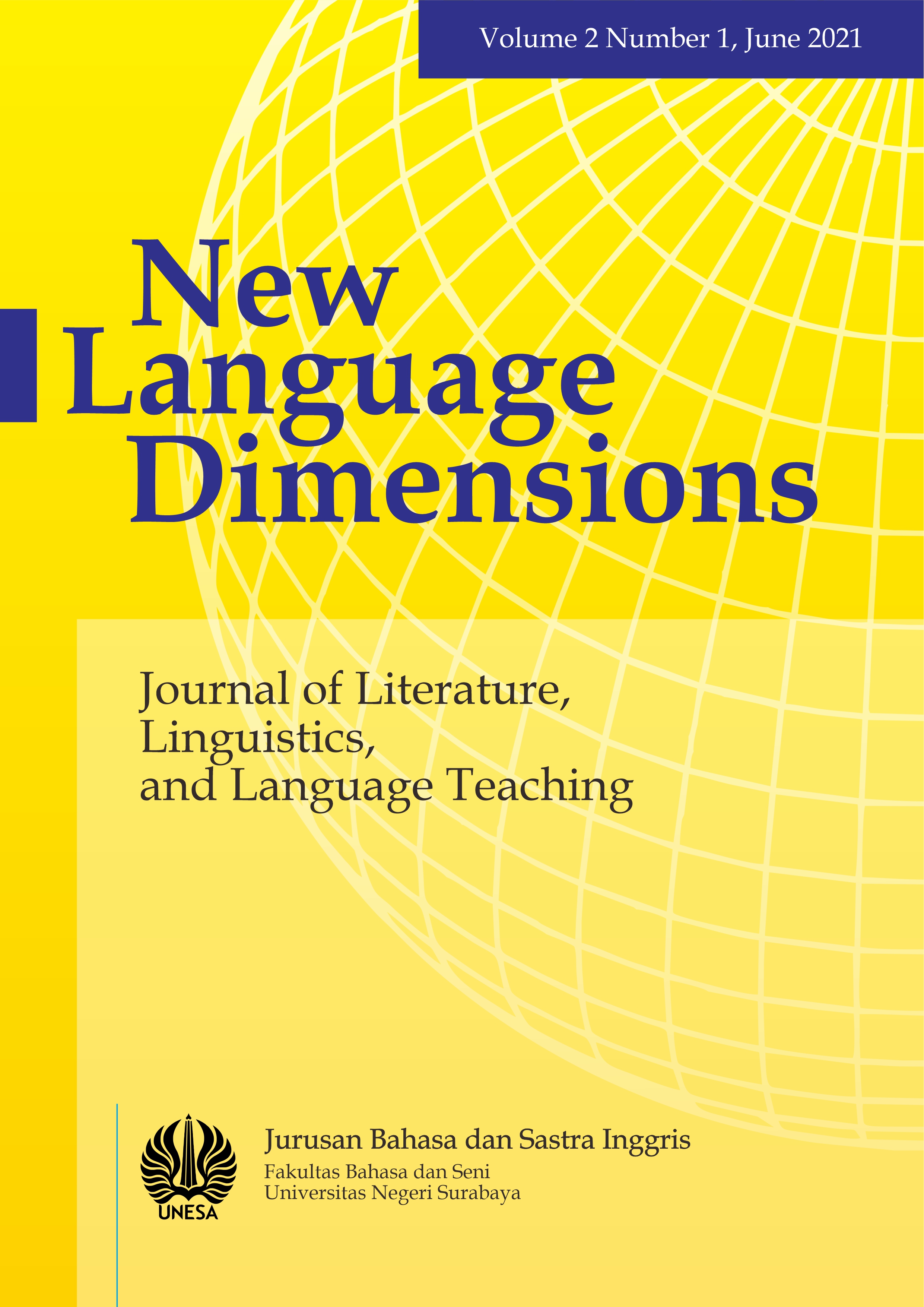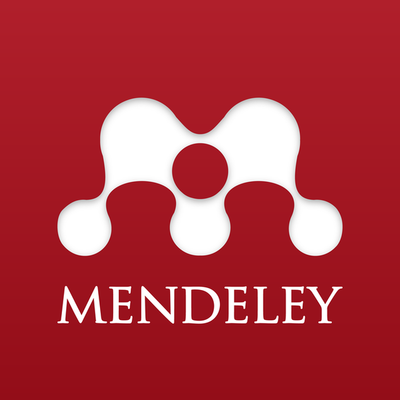Speech Acts Analysis on President Joko Widodo's Cinematic Reference Speeches Texts
DOI:
https://doi.org/10.26740/nld.v2n1.p15-28Abstract
This research aims to describe the types of speech acts that Jokowi delivered in his selected speeches, Jokowis reasons for committing illocutionary acts seen from the context of the situation behind the speeches, and the prospective perlocutionary effects of the dominant illocutionary acts found in Jokowis speeches.This is a descriptive qualitative research. The subjects of this research are President Jokowis speeches texts which contain cinematic references at the World Economic Forum on ASEAN in Hanoi, Vietnam, September 12, 2018 and at the plenary session of the International Monetary Fund (IMF) and World Bank Annual Meetings in Nusa Dua Bali, Indonesia, October 12, 2018.
The primary sources of this research are the videos of President Jokowi speeches which were taken from the official YouTube channel of The Ministry of State of the Republic of Indonesia and World Bank. The data are the speeches transcripts which were used to ease the analysis of this research. The main instrument in this research is the researcher herself. The second instrument is the data sheets which were utilized as supporting instrument to accomplish the research. Watching, listening, reading, and note taking technique were employed to collect the data.The data analysis was performed by classifying the selected data into the data sheets which contain the speech acts classification proposed by Austin (1962) and Searle (2005) then calculated the occurrence frequency of each type of speech acts in order to identify the dominant ones. Each type was carefully observed to find the answer of the second and third research questions according to the concept of context, felicity condition, political discourse, and cinematic reference.
The research findings show that the locutionary acts found in Jokowis speeches texts is declarative as it has a total percentage 86% while 11% is interrogative and 3% is imperative.Illocutionary acts consist of 55% of assertive which is followed by directive, expressive, and commissive which occurred respectively 26%, 17%, and 2%. Perlocutionary acts consist of 27% of Hearer is doing somethingwhich is followed by Hearer is impressed (24%), Hearer is convinced (17%), Hearer is attracted (11%), Hearer feels irritated (7%), Hearer feels frightened (6%)and Hearer is inspired (3%).The reasons of presenting illocutionary acts include giving background information why change has to be made since he realized that the world has change, convincing the audiences who are the prior policy makers among developing countries to immediately agree for a global economic cooperation, and showing his optimism of economic equality among nations through the fourth industrial revolution.The prospective perlocutionary effects include providing the inspiration for other countries to boost policies related to human resource development program and technology-based creative economy, agreeing to the idea of building a collective power, and promoting collaboration and partnership among nations.
Keywords: President Jokowi, Speech Acts, Cinematic Reference,LocutionaryActs, IllocutionaryActs, PerlocutionaryActs.
Downloads
References
Downloads
Published
Issue
Section
 Abstract views: 1211
,
Abstract views: 1211
, PDF Downloads: 837
PDF Downloads: 837











